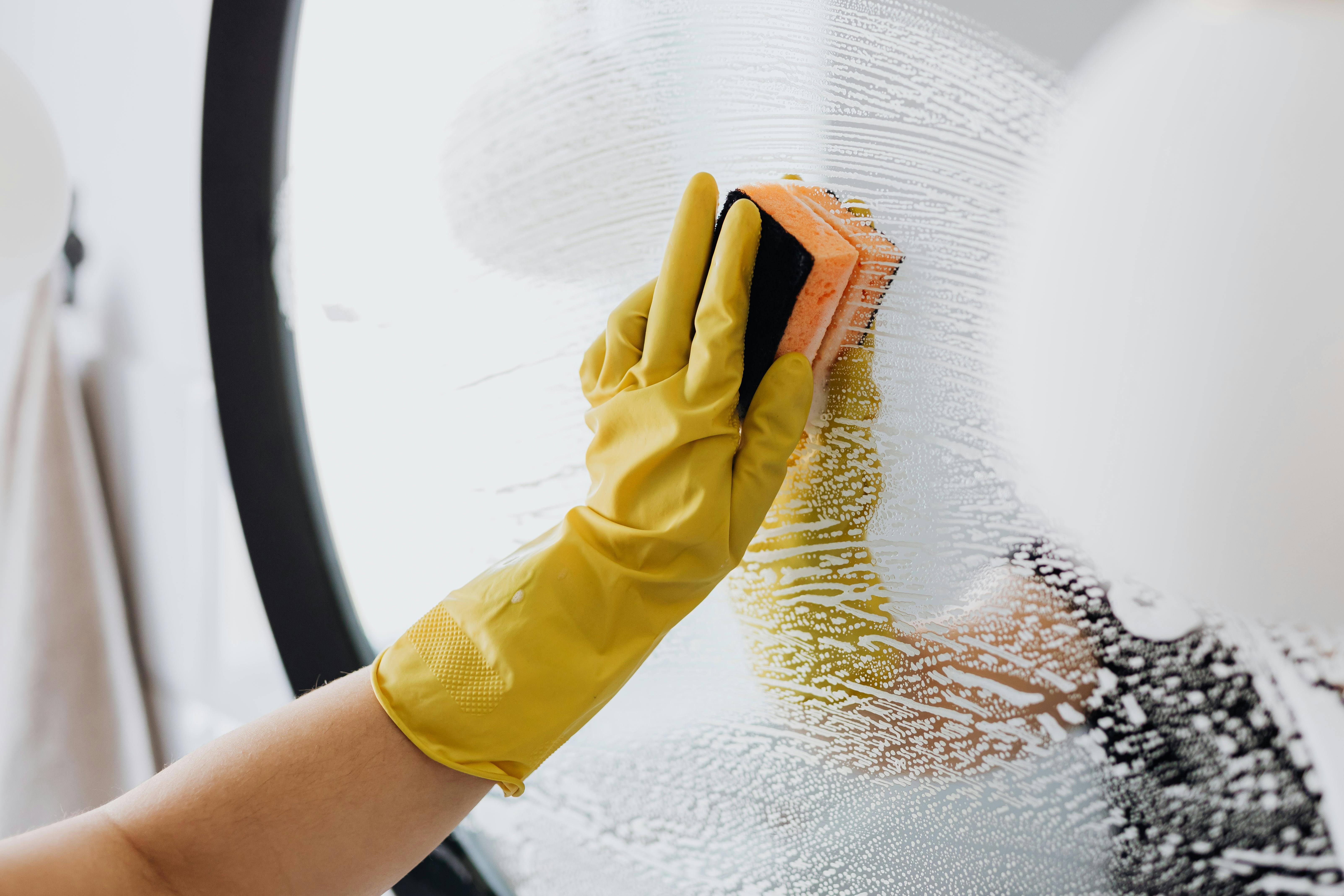Distilling water is a process used to purify water by removing impurities and contaminants. This process involves boiling water and then collecting the resulting steam. The steam is then condensed back into liquid form, which is known as distilled water. While distilling water can remove some contaminants, it does not remove all of them. This article will discuss what distilling removes, what it doesn’t, and why it’s important to understand the differences between these two processes.Distillation is a process of separating the components or substances from a liquid mixture by using selective boiling and condensation. During this process, the mixture is heated to a temperature that will vaporize one or more of its components. The vapor is then condensed and collected separately from the remaining liquid. Distillation is often used to purify liquids or to separate mixtures into their individual components.
Distilling Water
Distilling water is a process of purifying water by removing contaminants and impurities. The process involves boiling the water to create steam, then collecting the steam and condensing it back into liquid form. This liquid is then collected and stored in a separate container, which is free from contaminants. The distillation process can be used to purify both salt water and fresh water.
The first step in distilling water is to fill a pot or other container with the desired amount of water. Next, the container is placed on a stove or other heat source and brought to a boil. As the water boils, it will begin to produce steam. This steam is then collected and directed through a tube that leads to another container filled with cold water or ice cubes. As the steam passes through this cooling device, it condenses back into liquid form, leaving behind any particles or contaminants that may be present in the original water sample.
Once all of the steam has been collected, it can be poured out into a separate container for storage. This purified liquid will now be free from any impurities that may have been present in the original
Does Distilling Water Remove Everything?
Distilling water is a process that involves boiling water and then condensing the steam back into a liquid. It is used to purify water by removing pollutants, such as chemicals, minerals, and microbes. However, it does not remove everything from the water. Distilling only removes certain substances from the water, such as heavy metals, organic compounds, and some bacteria. While distillation does remove many of the contaminants present in water, it does not remove all of them. Some trace elements and dissolved solids may still be present in distilled water. Additionally, distillation will not remove volatile organic compounds (VOCs) or other gaseous pollutants from the air that may be present in the water.
Therefore, while distillation can be an effective way to purify drinking water, it is important to understand its limitations. It is also important to consider other factors when selecting a purification method for drinking water. It is recommended to use a combination of filtration and distillation for optimal results.
What Impurities Does Distillation Remove?
Distillation is a process used to separate mixtures of liquids based on their different boiling points. It is commonly used to purify liquids, such as water, by removing impurities that are dissolved in them. Impurities are removed from the liquid through evaporation and condensation; the vapor produced during the evaporation process is then condensed and collected as a pure liquid. Distillation can remove both organic and inorganic impurities, including salts, heavy metals, dissolved gases, organic compounds, and other unwanted compounds. By controlling the temperature at which the vapor is produced and collected, distillation can be used to selectively remove certain components from a mixture. This makes distillation an effective method for refining various liquids and producing pure products.
What Contaminants Remain After Distillation?
Distillation is a process used to purify liquids by separating the components based on their boiling points. During this process, contaminants such as impurities, bacteria, and sediment are removed. However, not all contaminants can be removed through distillation. Some of the most common contaminants that remain in a liquid after distillation include trace organic compounds, heavy metals, and certain minerals.
Trace organic compounds are generally small molecules that can remain in the liquid after distillation. These may include pesticides, herbicides, and other chemicals that are found in water sources such as rivers and lakes. Heavy metals such as lead and mercury can also be present in distilled liquids due to contamination from industrial sources.
Certain minerals are also unaffected by distillation and may remain in the liquid. These include calcium, magnesium, sodium, potassium, iron, manganese, zinc, and other trace elements that can be found in drinking water sources. These minerals provide important health benefits but can also be an indication of excessive levels of certain contaminants such as lead or mercury if they are found at higher concentrations than normal.
In addition to these

Distilling Water Benefits
Distilling water has a number of benefits. It can help to remove harmful contaminants from water, such as lead, arsenic, and other heavy metals. Distilled water is also free of bacteria, viruses, and other microorganisms that can cause disease. Additionally, it can reduce the amount of chlorine in drinking water, making it safer to use. Finally, distilled water also has a higher level of purity than other forms of purified drinking water. As a result, it can provide a healthier alternative to tap or bottled water.
In addition to these essential benefits, distilling water also offers other advantages. For instance, it is an energy-efficient process that consumes little electricity compared to other methods of purifying drinking water. Furthermore, distilled water has a neutral pH level and does not contain any salts or minerals, making it ideal for those who are on a low-sodium diet and for people who suffer from digestive issues caused by mineral-rich tap water.
Finally, distilled water has many practical applications beyond drinking purposes. It can be used for cleaning and sterilizing surfaces and instruments in medical settings due to its lack of
What is Distilled Water?
Distilled water is water that has had all of its impurities removed through a process of distillation. This process involves boiling the water and then condensing the steam back into a liquid. The condensed steam is then collected and the impurities are left behind. Distilled water is very pure, with a neutral pH level, and it does not contain minerals or other contaminants. It is often used for drinking, cooking, medical purposes, and industrial processes.
What are the Advantages of Distilled Water?
There are several advantages to using distilled water. First, it is very pure, with no added chemicals or contaminants. This makes it ideal for drinking purposes, as well as for medical uses where contamination needs to be avoided. Additionally, because it does not contain any minerals or other impurities, it also does not cause buildup in pipes or other equipment that uses it in industrial processes. Finally, distilled water has a neutral pH level which makes it suitable for use in many applications where acidic or alkaline solutions could cause problems.
Is Distilled Water Safe to Drink?
Distilled water is water that has been boiled into vapor and then condensed back into a liquid. In the process, many impurities and minerals are left behind, leaving pure H2O in the final product. Because of its purity, distilled water is generally regarded as safe to drink. It does not contain any bacteria or viruses which may be found in tap or even bottled water, making it a good choice for those with weakened immune systems. However, it should be noted that while distilled water is safe to drink on its own, it may not be the best choice for everyday consumption.
Distilled water has no minerals or nutrients in it, which means that it can leach essential minerals from your body when consumed regularly. It also has a very low pH level and can be quite acidic. This can lead to digestive issues and an unbalanced electrolyte level in your body. Furthermore, since it lacks taste and smells slightly of sulfur due to its purity, some people may find drinking distilled water unpleasant or off-putting.
Overall, distilled water is generally considered safe to drink

Conclusion
Distilling water is a popular way to purify water since it removes many contaminants, such as bacteria, viruses, and inorganic solutes. However, it does not remove organic solutes, such as pesticides and heavy metals. Distilled water also has its downsides: it can be costly to produce, and the process can be slow. Additionally, distilled water does not have any minerals and can be corrosive in certain environments. Nevertheless, distillation can be an effective way to purify water for drinking and other uses.
Overall, distilling water is a useful method of purifying water by removing many contaminants. However, it cannot remove all contaminants from the water, so other methods of purification may need to be used if very pure water is desired. In addition, the process may be slow and costly in some cases. Nevertheless, distillation is still a viable option for those looking to obtain clean drinking water.

